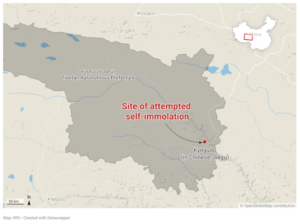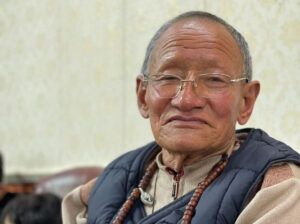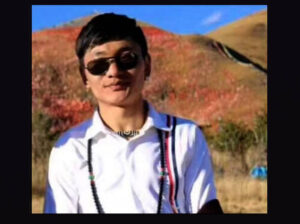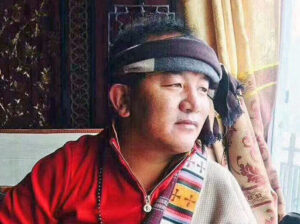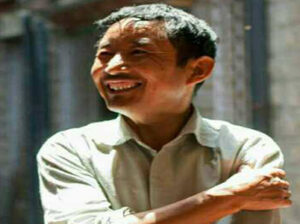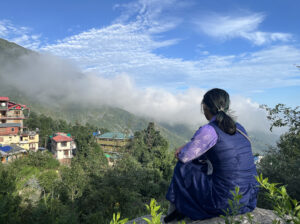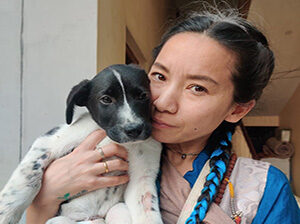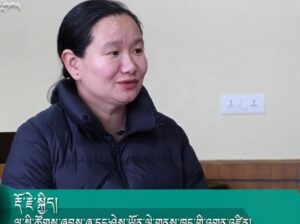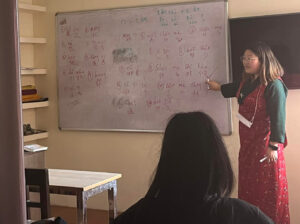The Tibetan Women’s Association (TWA) is focused primarily on empowerment training through a variety of programmes, says their President Mrs Dolma Yangchen, as she explained the aims and evolution of Association.
Empowerment has been the thrust of the Association since it was set up in exile on September 10, 1984 following a request by His Holiness the Dalai Lama that the Association be reinstated here in India to look at the status of women in exile. TWA originally began on March 12, 1959 in Tibet as a spontaneous response of women from all three provinces to oppose the Chinese brutality towards Tibetans which was openly displayed on March 10 during the 1959 Tibetan uprising. The peaceful resistance of the women also met with Chinese brutality.
Although there was no formal organisation in India until 1984, Tibetan women living in exile created handicraft centres in larger Tibetan communities for the many women refugees who created Tibetan handicrafts, enabling them to earn a livelihood while simultaneously preserving many traditional arts and crafts. TWA’s early days consisted of informal support for the women, including some financial assistance.
Structured programmes have developed from 1995 to provide job opportunities. Before leaving Tibet, refugee women tend to be uneducated, lacking employable skills and higher education. Stiches of Tibet was set up in 1995 as an 18 month tailoring programmeto support such refugee women, empowering them to become more self-reliant and self-supporting. Stitches of Tibet is still training women, mostly younger women who could not complete their education.
Towards the end of the 1980s refugee nuns began arriving in Dharamshala, many greatly traumatised by the imprisonment and torture they had suffered in Tibet at the hands of the Chinese. At that time there were no nunneries and the nuns had no one to turn to. His Holiness asked TWA to start a Nuns’ Programme. This programme addresses the nuns’ basic physical needs for food and shelter as well as providing support and counselling. It is now run under the Tibetan Government-in-exile’s education department while TWA continues to offer an annual Nun’s Empowerment Programme providing workshop training in gender sensitisation, sexual harassment and conflict resolution, as well as training in how to build communication skills.
In recent decades more young women have been obtaining college and advanced degrees. TWA seeks such women to train in leadership skills so they in turn can go to the Tibetan regional communities to help increase women’s awareness of their human rights, women’s rights and legal rights by organising support groups and conducting workshops. There are now separate programmes focusing on women’s leadership training, legal training and youth training. Recently they have been working on increasing awareness of domestic violence among both men and women to meet a recognised need in the Tibetan exile community. The first Gender Sensitisation Workshop on domestic violence is scheduled to take place in October this year. TWA also provides sponsorship, especially to poor senior citizens and disadvantaged families, particularly the families of single mothers. An Environment Programme has also been developed. Another aspect of TWA is that it provides an excellent opportunity for young women to work for this influential and respected NGO and to take the skills and knowledge they learn there out into the world to benefit other organisations through their work and leadership
TWA is the largest and most powerful women’s organisation in Tibetan history and now has representation throughout Asia, Europe, Australia and North America in 58 Regions,with 17,000 members. For more information please visit the TWA website www.tibetanwomen.org.




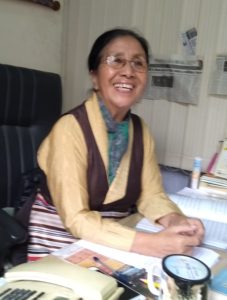
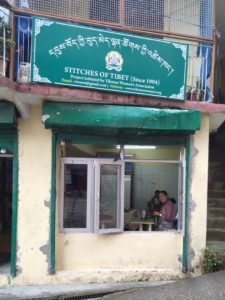
 Print
Print Email
Email